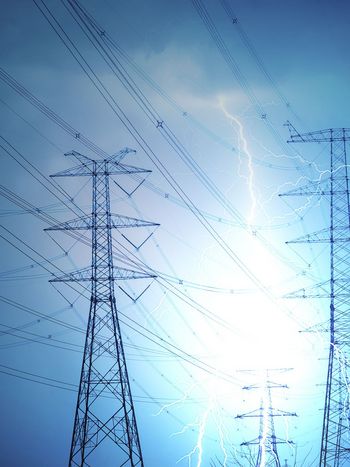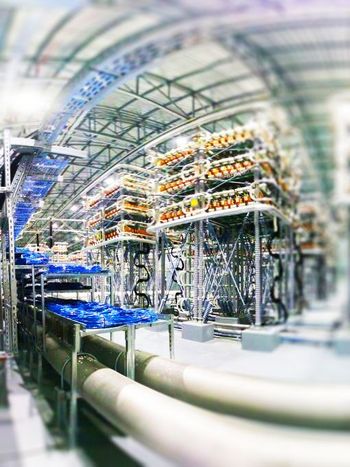Substations and electrical installations
by Koji Kawakita, Chairman & Romain Migné, Secretary
This report is the summary of the Study Committee (SC) B3 “Substation and Electrical Installations” activities in 2019 and updates to May 2020.
It was an active year for SC B3 activities. SC B3 published 4 Technical Brochures, a Chinese version of the Substation Green Book and recorded the highest number of tutorials, including workshops and webinars (8 Tutorials, 1 Workshop and 1 Webinar).
Introduction
Substations play a key role as nodes within electrical networks, providing the capability for the network to deliver safe, reliable energy with high availability.
To support the realisation of a sustainable society, substations’ research & development continues to make advances in new technologies and applications that offer substation owners and operators the flexibility, security and stability they need to continue to expand their systems in an efficient and environmentally friendly manner.
However, transmission substations remain essential for bulk power transmission such as interconnecting load regions, large generation resources and energy storage, and offshore supplies.
The focus area for SC B3 is the coordinated design and operation between transmission and distribution, to facilitate more flexible and active distribution networks. Facilitating this connectivity to support the integration of decentralised renewable energy resources, energy storage, and more active customer participation with bilateral power flow is increasingly important. At the same time, these challenges need to consider asset management practices which can identify the best use of installed assets by optimising their functionality, interventions and lifetime.

Figure 1 - View of the electricity grid and substations as used today and the future (from TB 764)
The challenges mentioned above have resulted in several new initiatives:
- Dealing with the increased impact on substation design due to integration of renewable energy resources, energy storage system and other installations;
- Mitigating environmental, health, safety and security impacts, including the reduction of Green House Gas emission and the substation carbon footprint;
- Substation design, operation and maintenance resilience against natural disaster, threat (terrorism, epidemic, physical/cyber, etc.);
- Optimising substation asset intervention (retrofit, uprating, upgrading, renewal, extensions);
- Increased substation operational efficiency and availability;
- Integration of intelligence for digitalisation;
- New set of skills for new technologies, knowledge transfer and high standards of education in engineering skills.
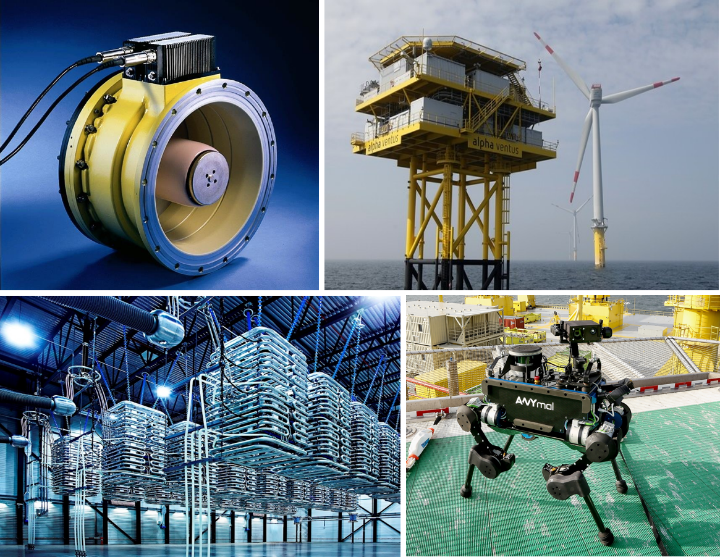
Figure 2 – Emerging technologies in substations (from TB 764)
These solutions aim to include the needs of developing communities and emerging economies, as well as those of established industrialised countries.
The SC B3 mission is to:
- Facilitate and promote the progress of engineering and the international exchange of information and knowledge in the field of substations and electrical installations.
- Add value to this information and knowledge by synthesising state-of-the-art best practice and developing recommendations and guidance.
SC B3 has a keen focus on the rapid changes in the utility industry with an eye on design concepts and new materials that are environmentally green and sustainable. The goal is to address existing technical needs while developing a bridge to the future.
Strategy and Direction
The SC B3 strategy and direction is continuously reviewed to ensure it is meeting the needs of our stakeholders. Our current strategic plan covers the period from 2018 to 2028. The main technical directions are the following.
T1. New substation concepts:
Development of new concepts including bus arrangements, hybrid solutions, new applications and functions. The impact from distributed generation and power flow control systems including specification of corresponding design/layout criteria for substations constituting integral parts of totally optimised networks. Reduction of carbon footprint impact through new technologies.
T2. Substation ownership issues:
Organisational aspects including human resource and training needs, in-service support, software management including quality control and maintenance. Management of assets including environmental, health, safety, and security.
T3. Life cycle management:
Monitoring in-service experience, substation condition assessment, aspects of maintenance outsourcing, short-and long-term needs, opportunities for cost reduction, spare parts. Increased utilisation (life extension, upgrading, and dynamic loading), refurbishment /renovation concepts, and investment strategies, principles for combining existing and new equipment, accounting for specific demands from network-reliability and customer demand-side points of view.
T4. Integration of intelligence for digitalisation on substations:
New digital technologies (Artificial Intelligence, Internet of Things, 3-Dimensional technology etc.) and applications to be used in all aspects of substation design, operation and management. Identify the opportunities offered from the increased use of advanced information and communication technologies.
A key focus is considering how to improve the opportunities for younger member participation in connection with CIGRE “Next Generation Network” as well as increasing the involvement of women experts in our activities coordinating with the “Women in Engineering” initiative.
Membership and Experts
Our work continues through the support of our national committee representatives, substation specialists and experts from across the globe.
We are working with country representatives, 24 regular Members plus an additional 6 Members representing electricity sectors other than transmission and 16 observer members. A member renewal process for 2020 is in progress and we are pleased to welcome new representatives soon. There are currently more than 400 Experts from across the globe involved in SC B3 activities and Working Groups as indicated in Figure 3.
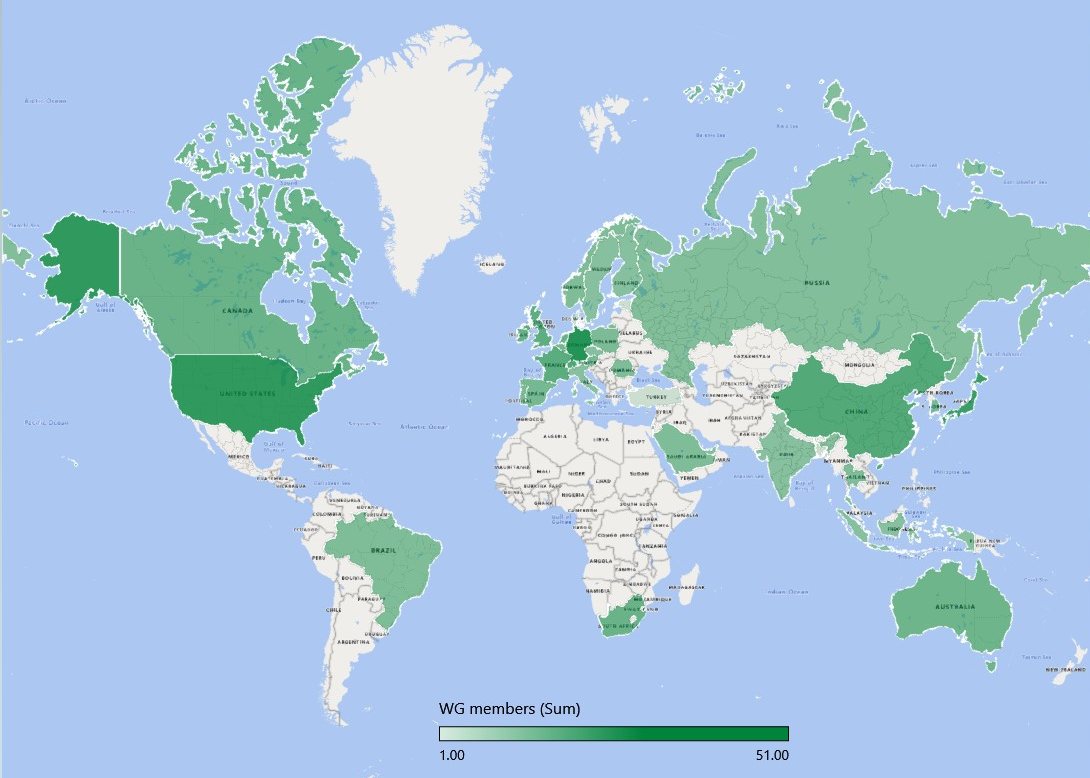
Figure 3 - SC B3 Members and Experts represent the global community
Working areas
Our Working Groups are arranged in 4 key work areas to assist in managing the flow of work. These areas facilitate how we organise our work, bringing together our global experts to focus their understanding to achieve our objectives.
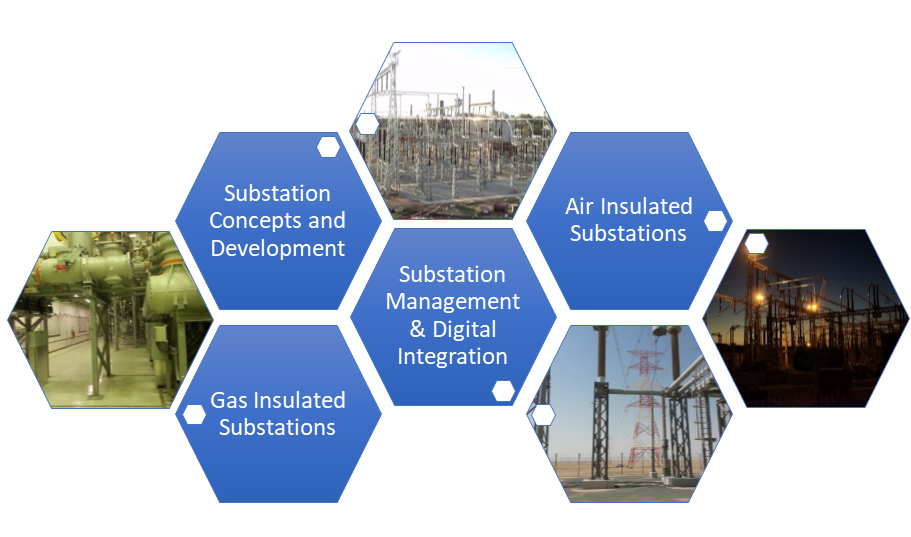
Figure 4 - SC B3 Work Areas
Working Groups
The Working Groups are the “engine room” of CIGRE technical work. The total number of active Working Groups in SC B3 at the end of April 2020 is 18 plus 3 Joint Working Groups and 1 Green Book project.
New Working Groups that were recently approved include:
- B3.58 - Knowledge Transfer of Substation Engineering and Experiences
- JWG B1/B3/D1.79 - Recommendations for dielectric testing of HVDC gas insulated system cable sealing ends
- JWG B1/B3.74 - Recommendations for a performance guideline of Polymer Insulated Busbars
Many new topics are currently under discussion such as:
- Experience of offshore substation operation and maintenance
- SF6 end of life treatment in substations
- User guide for non-SF6 gases and gas mixtures
- LPIT (Low Power Instrument Transformers) with digital interfaces for revenue metering
- Substations resilience: physical & cyber security
Working Groups are not possible without support from National Committees in nominating suitable Experts and specialists to participate in the work. We value and encourage all National Committees to review each new terms of reference and to consider suitable Experts available to support them.
Young Members are particularly encouraged to join Working Groups as supporting or active Members.

Figure 5 – Study Committee B3 WG Structure (as of May 2020)

Learn more about CIGRE active Working Groups / Call for experts
Publications
Recent Technical Brochure publications for Study Committee B3 available on e-cigre:
The following Working Group Brochures are expected to be completed in 2020:
- B3.39 - Impact of LPIT applications on HV Gas Insulated Switchgear
- B3.41 - Mobile Substations Incorporating HV GIS
- B3.42 - Reliability analysis and design guidelines for LV AC/DC Auxiliary Systems
- B3.46 - Guidelines for safety work methods in substations
- B3.47 - Application of robotics in substations
- Green Book: SF6 Guidebook - a Springer publication
The Chinese version of the SC B3 Green Book was published in time for the CIGRE Chengdu 2019 Symposium. The book could be a valuable reference for Chinese mother tongue Experts to learn about the development of the substation technical activities in CIGRE.

Tutorials
Tutorials are an important opportunity that we share new knowledge of substation concepts and developments, management and challenges. Tutorials are based on the outcomes of our study in Working Groups and their associated Technical Brochures. Tutorials can be arranged in association with any industry event and are a great way for our Experts to present their work and share knowledge. 8 Tutorials, 1 Workshop and 1 Webinar were presented in 2019 as follows. It was the highest number recorded in SC B3 history.
- Cairo, Egypt, 6th March 2019 - Savings through Optimised Maintenance in Air Insulated substations by Akira OKADA (JP)
- Columbus, Ohio, USA, 4th April 2019 - Savings through Optimised Maintenance in Air Insulated substations by Alan WILLSON (UK)
- Bangkok, Thailand, 11th June 2019 - Workshop: Fire risk management by Shinki NOGUCHI (JP)
- Bucharest, Romania, 10th September 2019 - Management of risk in substations by Gérald BUCHS (CH)
- Chengdu, China, 25th September 2019 - Contemporary Cost-Effective Substation Design by Peregrine TONKING (AU)
- Chengdu, China, 25th September 2019 - Expected Impact of Future Grid Concept on Substation Management by Johan SMIT (NL)
- Muldersdrift, South Africa 1st October 2019 - Contemporary Cost-Effective Substation Design by Theunus MARAIS (SA)
- Online, 24th October 2019 - Webinar: Contemporary Cost-Effective Substation Design by Peregrine TONKING (AU)
- Hobart, Australia, 8th November 2019 Substation earthing system design optimisation by Bill CARMAN (AU)
- Hobart, Tasmania, Australia, 8 November 2019 Contemporary Cost-Effective Substation Design by Peregrine TONKING (AU)
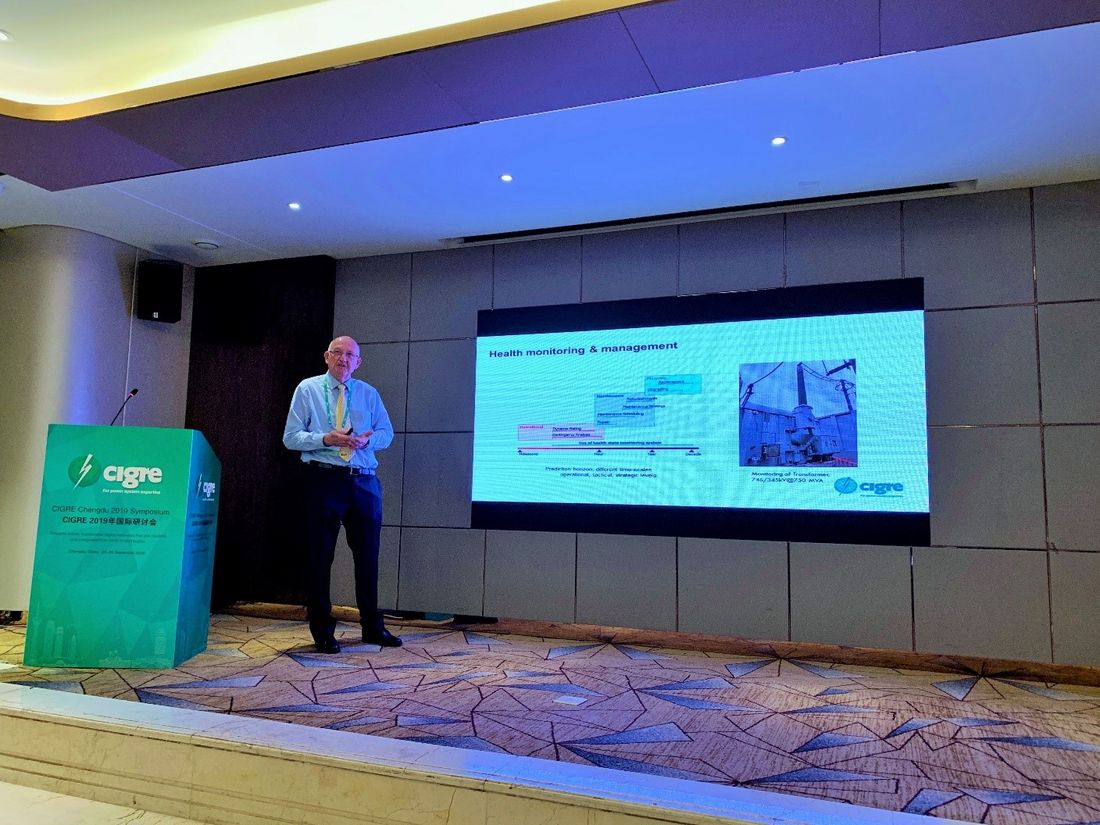
Figure 6 – Johan Smit of Study Committee B3 presenting the Tutorial ‘Expected Impact of Future Grid Concept on Substation Management’, Chengdu, China on 25 September 2019
The topic “Guidelines for Safe Work Methods in Substations” by Mark McVEY (US) is scheduled for the 26th of August 2020 at the CIGRE e-session. Many other topics for Tutorials and Webinars will be announced shortly.
Preferential subjects
Preferential subjects are adopted bi-annually and represent the shorter-term direction for the work of the Study Committee. The 2020 preferential subjects demonstrate our commitment to assist asset owners and operators to adapt substations to meet the needs for networks of the future but also to meet the on-going challenge in managing substations throughout their life cycle, meeting community expectations for health and safety and the environment. This year, we have introduced new directions in training and the aesthetics of substations. The 2020 preferential subjects are:
Preferential Subject 1: Design and Technology
- Impact on design and installation of distributed renewable energy resources, energy storage systems, electric vehicle charging, etc.
- Mitigating environmental; health and safety; and security impacts
- Rapid deployment and cost-effective solutions for electrification of developing communities
Preferential Subject 2: Optimised Substation Management
- Best use of assets by optimising their lifetime.
- Service continuity for maintenance, refurbishment, and replacement.
- Evolution of skills and managing competency
Preferential Subject 3: Integration of Intelligence
- Applications of new technologies, e.g. Internet of Things, Virtual Reality, Augmented Reality
- Challenges and expectations for digital substations
For the special CIGRE e-Session to be held over the Internet on the 2nd – 3rd September 2020. We are going to have paper presentations by the accepted paper authors, a total of 46 papers from 24 countries addressing these 3 preferential subjects.
Events
Study Committee B3 held a very successful meeting in Chengdu, China associate with the Symposium titled “Towards active, sustainable digital networks that are resilient and integrated from UHV to distribution” from the 20th -26th of September 2019. The symposium attracted 336 attendees from 30 countries and included 14 B3 technical papers and 2 B3 tutorials. We are grateful for the support of the CIGRE Chinese National committee and the Chinese Society for Electrical Engineering for this event.
Upcoming special events for the SC B3 include:
- Kanazawa, Japan, CIGRE - AORC Technical Meeting 2020, 8th – 11th November 2020
- Foz do Iguazu – Paraná, Brazil, CIGRE X Workspot, 22nd – 25th November 2020
- Vienna, Austria, CIGRE 3rd SEERC conference, 24th – 27th November 2020
The next annual meeting for Study Committee B3 will be held online on Tuesday the 25th of August during the CIGRE e-Session.
SC B3 is committed to addressing the needs of our Members and stakeholders and satisfaction surveys are collected during each meeting to ensure that we are meeting the needs of all delegates.
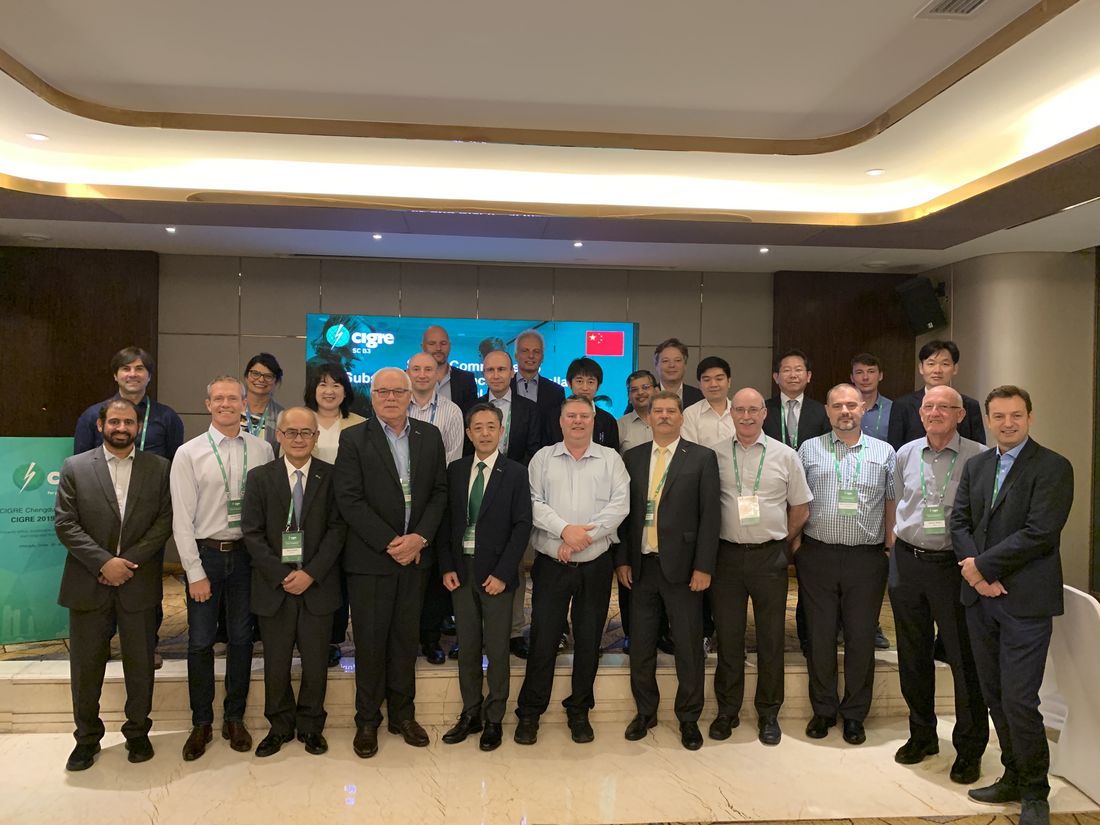
Figure 7 – Study Committee B3 attendees in Chengdu, China in September 2019
Awards
CIGRE Technical Council Award
This Award is granted to a few CIGRE Members as a reward for their active participation in the activities of the technical work of the Study Committees. For this year, the award was delivered to Dr Mark Osborne (UK) in recognition of his outstanding contributions to the life and work of the Study Committee. He has been the special reporter of the GDM at CIGRE Paris Session since 2014 and B3 Area Advisor for substation concepts and development since 2007.
CIGRE SC B3 Outstanding Service Award
The Outstanding Service Award of CIGRE SC B3 is granted by the SC Chair annually to two of its members in recognition of outstanding participation in and contribution to the activities of the technical work of the SC. In 2019, this award was delivered to Dr Mark Osborne (UK) and Mr John Nixon (UK). John has participated in SC B3 working groups since 2006 and played a lot of important roles such as sub-chapter leader of the Substation Greenbook, the workshop chair at 2018 Paris Session, and WG Secretary and Member. He is presently the Convener of the WG B3.58 “Knowledge Transfer of Substation Engineering and Experiences”.
In Memoriam – Anne-Marie Sahazizian
Our dear friend and colleague, Anne-Marie Sahazizian passed away on the 13th of September 2019 in Toronto, Canada. She worked tirelessly in the SC B3 (ex. SC 23) in many capacities. Most of her work was a Member of various Working Groups. She was Convener of the WG on “General Guidelines for the Design of Outdoor AC Substations” in 2000 and published the Technical Brochure 161 which was very well received by the industry. After CIGRÉ reorganisation in 2004, she was involved in the creation of the Advisory Groups responsible for various technical areas and she was nominated as the Area Advisor 3 “Air Insulated Substations”. She also put significant effort into preparing and developing tomorrow’s generation through her work in delivering tutorials in CIGRÉ and as Member of the Tutorial Advisory Group for SC B3.
Conclusions
As Chair, I am extremely grateful for the on-going support of Members and Members’ organisations and our substation Experts as we continue with the development of the future power network. SC B3 continue to keep eye on the rapid changes in the utility industry and to work on new challenges with our experts for the environmentally friendly and sustainable future.
